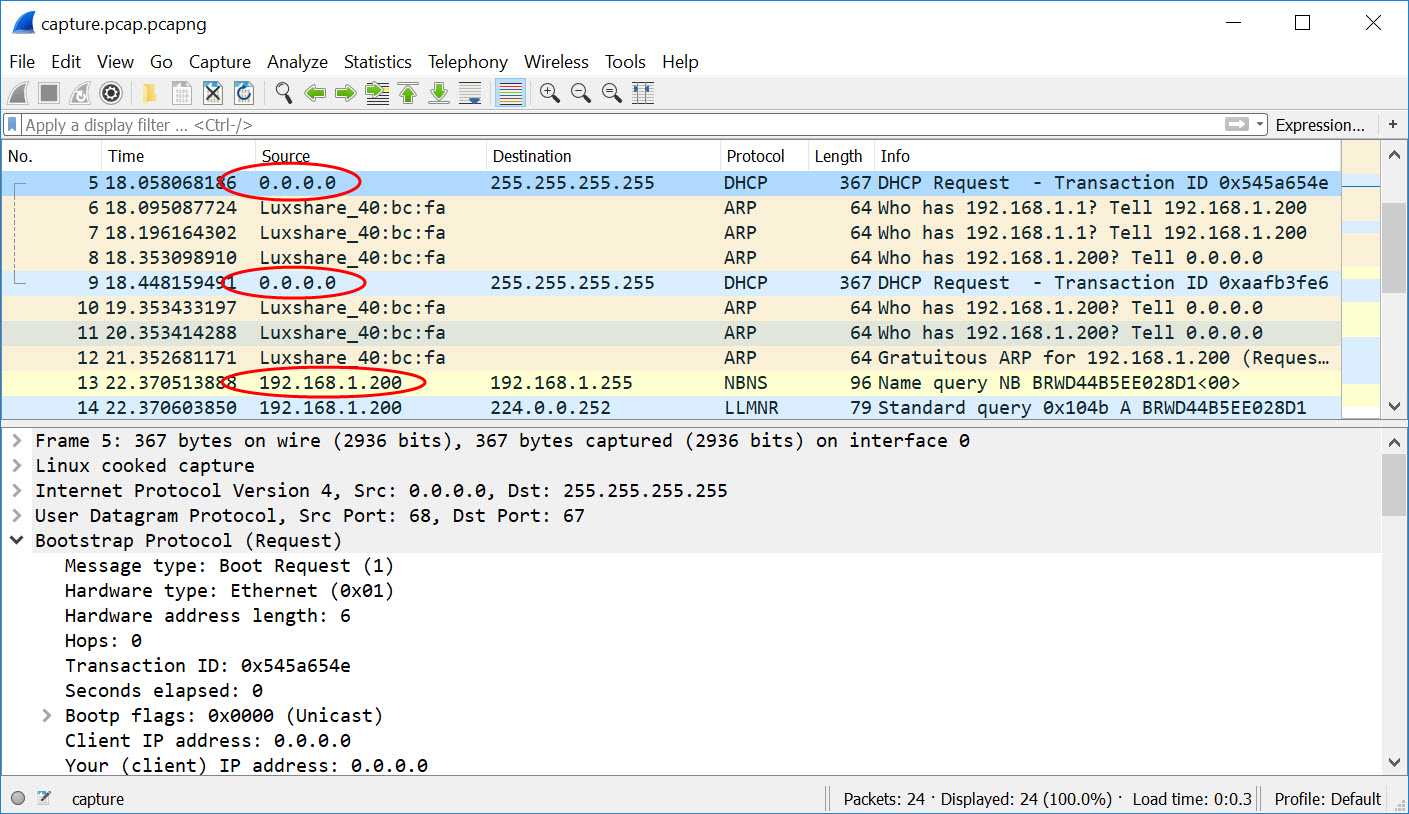

Since ICMP is a stateless protocol, these values help to match a response received by the sender to the corresponding request. Next, the packet contains a checksum, which is important since a single bit flip in the type or code can convey a completely different error message.Īfter that, ping packets contain identifiers and sequence numbers. The first two values in the packet are the type and code, indicating the purpose of the packet. The images below show an ICMP ping request and response in Wireshark.Īs shown above, a ping packet (and any ICMP packet in general) is fairly simple.

Typing ping into the Windows or Linux terminal will send a series of ping packets and provide a percentage value for the reachability of the destination based upon the number of ping requests that received a response. The purpose of ping is to determine if the system at a certain IP address exists and is currently functional, and that a route to that system can be found. While many ICMP messages are designed to be sent as error messages in response to packets of other protocols, some are designed to implement standalone functionality. For example, a type 3 ICMP message with a 0 code points to issues with the destination network, while a 1 code means that the issue is that the particular host is unreachable. For example, a type value of 3 means that the intended destination is unreachable.įor some types, there are multiple code values intended to provide additional information. Error data in ICMP is carried in two values: the type and the code.Īs shown above, the type of an ICMP packet contains the overall message that the message is intended to convey. ICMP in WiresharkĪs an error messaging protocol, the structure of an ICMP packet is designed to provide the necessary information to the recipient. If this data is unavailable or inaccurate and you own or represent this business, click here for more information on how you may be able to correct it.As a result, an organization’s ICMP traffic should largely be confined inside the network boundary, but it is a common protocol to see in network traffic captures.

VIEW ADDITIONAL DATA Select from over 115 networks below to view available data about this business.


 0 kommentar(er)
0 kommentar(er)
